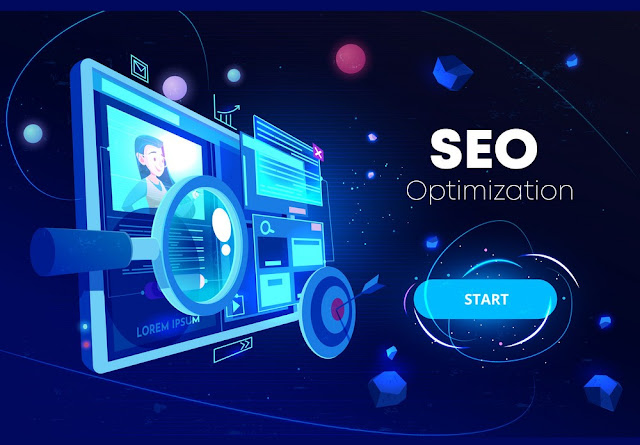What Is On Page Seo?
On-Page SEO refers to the optimization techniques and strategies implemented directly on a website to improve its visibility and rankings in search engine results pages (SERPs). It involves optimizing various on-page elements to make the website more search engine-friendly and relevant to users. Here's a detailed explanation of On-Page SEO and its key components:
Keyword Research and Optimization:
Keyword research is the process of identifying the words and phrases that users are likely to search for when looking for information or products related to your website. By selecting relevant keywords and incorporating them strategically into your website's content, title tags, headings, meta descriptions, and URLs, you can signal to search engines the relevance of your website to specific search queries.
Content Optimization:
High-quality and relevant content is crucial for On-Page SEO. Optimize your content by incorporating targeted keywords naturally and strategically throughout the text. Focus on creating comprehensive, informative, and engaging content that addresses the search intent of users. Use proper heading tags (H1, H2, etc.) to structure your content and make it easier for search engines to understand.
Meta Tags Optimization:
Meta tags are snippets of HTML code that provide information about a webpage. The two most important meta tags for On-Page SEO are the title tag and meta description. The title tag appears as the clickable headline in search engine results, while the meta description provides a brief summary of the page's content. Optimize these tags by including relevant keywords and writing compelling, concise, and unique descriptions that encourage users to click through to your website.
URL Structure:
Create user-friendly URLs that are concise, descriptive, and include relevant keywords. A clean and well-structured URL not only helps search engines understand the content of your page but also improves the user experience by making it easier for visitors to navigate and share your URLs.
Image Optimization:
Images are an important part of web content, but they can also impact your website's performance if not optimized properly. Optimize images by using descriptive filenames and adding relevant alt text, which helps search engines understand what the image represents. Additionally, compress images to reduce file size and improve page loading speed.
Internal Linking:
Internal linking refers to linking between pages within your website. It helps search engines discover and crawl your website effectively, as well as establishes a hierarchy and structure for your content. Use descriptive anchor text when linking internally, and make sure the links are relevant and add value to the user experience.
User Experience Optimization:
User experience is a critical factor for search engine rankings. Ensure your website is easy to navigate, with clear menu structures and intuitive design. Make sure your website is mobile-friendly and loads quickly on all devices. Provide a seamless user experience by eliminating broken links, improving site architecture, and enhancing overall usability.
Schema Markup:
Schema markup is a structured data format that helps search engines understand the content and context of your website. Implementing schema markup can enhance your website's appearance in search results by enabling rich snippets, such as star ratings, reviews, and other additional information that may attract users' attention.
On-Page SEO is an ongoing process that requires continuous monitoring, analysis, and refinement. Regularly review and update your content, optimize new pages, and stay up to date with SEO best practices and algorithm changes to maintain and improve your website's visibility in search engine results.











